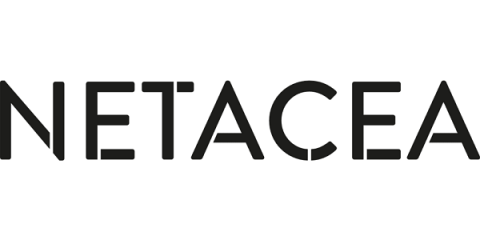A Checklist for Preparing for Your Organization's Next PCI Audit
Organizations cannot afford to neglect their PCI compliance obligations. According to its website, PCI could punish offending organizations with a monetary penalty ranging in value from $5,000 to $100,000 per month. These fines could spell the end for a small business. Acknowledging those consequences, organizations need to make sure they’re PCI compliant. More than that, they must ensure they’re prepared for when auditors come knocking on their door.








